Handwashing & Showering To Kids With Autism
Enhancing Hygiene Skills for Children with Autism: Effective Strategies and Therapeutic Support
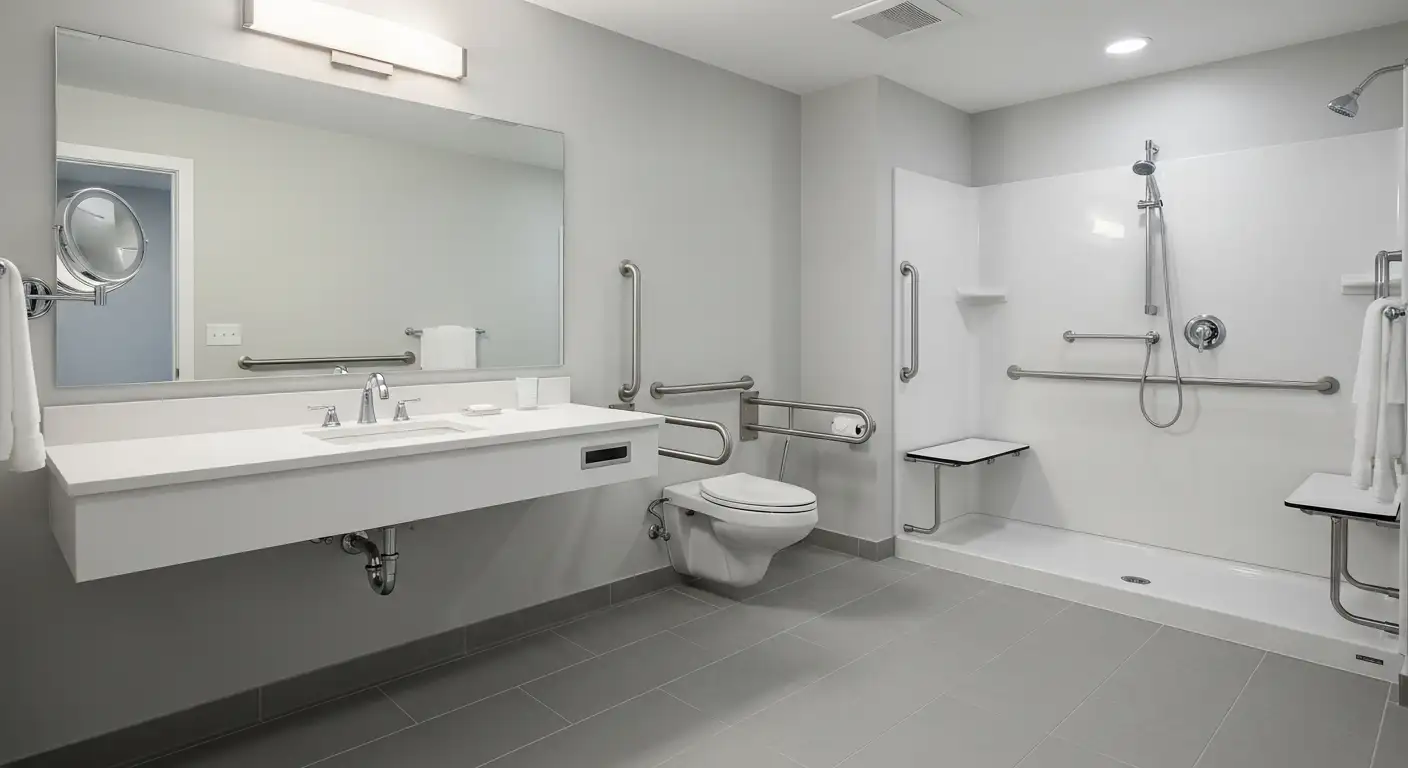
Navigating Hygiene Challenges in Autism Spectrum Disorder
Teaching hygiene skills like handwashing and showering to children with autism presents unique challenges. These children may face difficulties with transitions, sensory sensitivities, and sequential task understanding, all of which contribute to obstacles in establishing consistent hygiene routines. This article explores practical approaches and therapeutic interventions tailored to support autistic children in mastering essential hygiene behaviors.
Understanding ABA Therapy and Its Role in Teaching Hygiene Skills
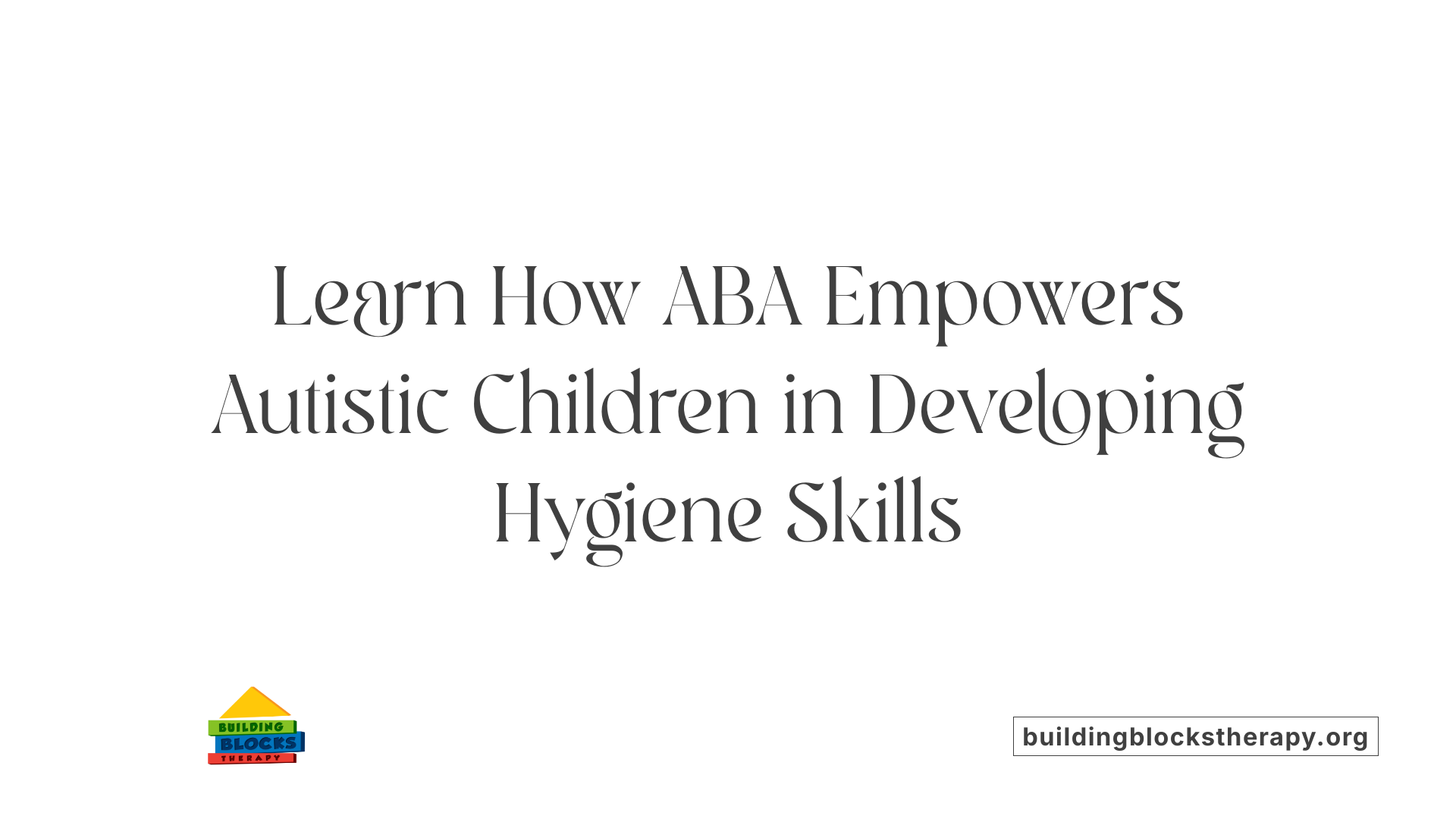
What is Applied Behavior Analysis (ABA) therapy?
Applied Behavior Analysis (ABA) therapy is a scientifically supported method that focuses on teaching new skills and enhancing functioning for individuals with autism spectrum disorder. Through ABA, therapists analyze and adjust the triggers (antecedents), behaviors, and outcomes (consequences) to foster positive behaviors such as communication, social interaction, and daily living activities.
Principles and Personalization of ABA
ABA therapy relies heavily on positive reinforcement, encouraging desirable behaviors by rewarding them. A behavior analyst creates a tailored program based on each child’s unique challenges and goals. Progress is tracked with continuous data collection, allowing modifications to better suit the individual. Sessions may take place in familiar environments like home or school, ensuring practical and meaningful learning.
How ABA Supports Learning Hygiene Skills
Teaching hygiene routines, such as handwashing and managing personal care, can be particularly challenging for autistic pre-teens and teens due to factors like sensory sensitivities and executive functioning difficulties. ABA breaks down these complex skills into smaller, manageable steps, using modeling, imitation, and reinforcement techniques. For example, video-modeling and social stories are used alongside ABA strategies to help establish consistent hygiene routines.
By systematically reinforcing each step, ABA helps children with autism develop independence in personal care. Structured approaches combined with visual supports help overcome challenges caused by difficulties with transitions and the need for predictability. This comprehensive, personalized method ensures autistic individuals build essential hygiene habits in a supportive and measurable way.
How ABA Therapy Supports Hygiene Development in Autistic Children
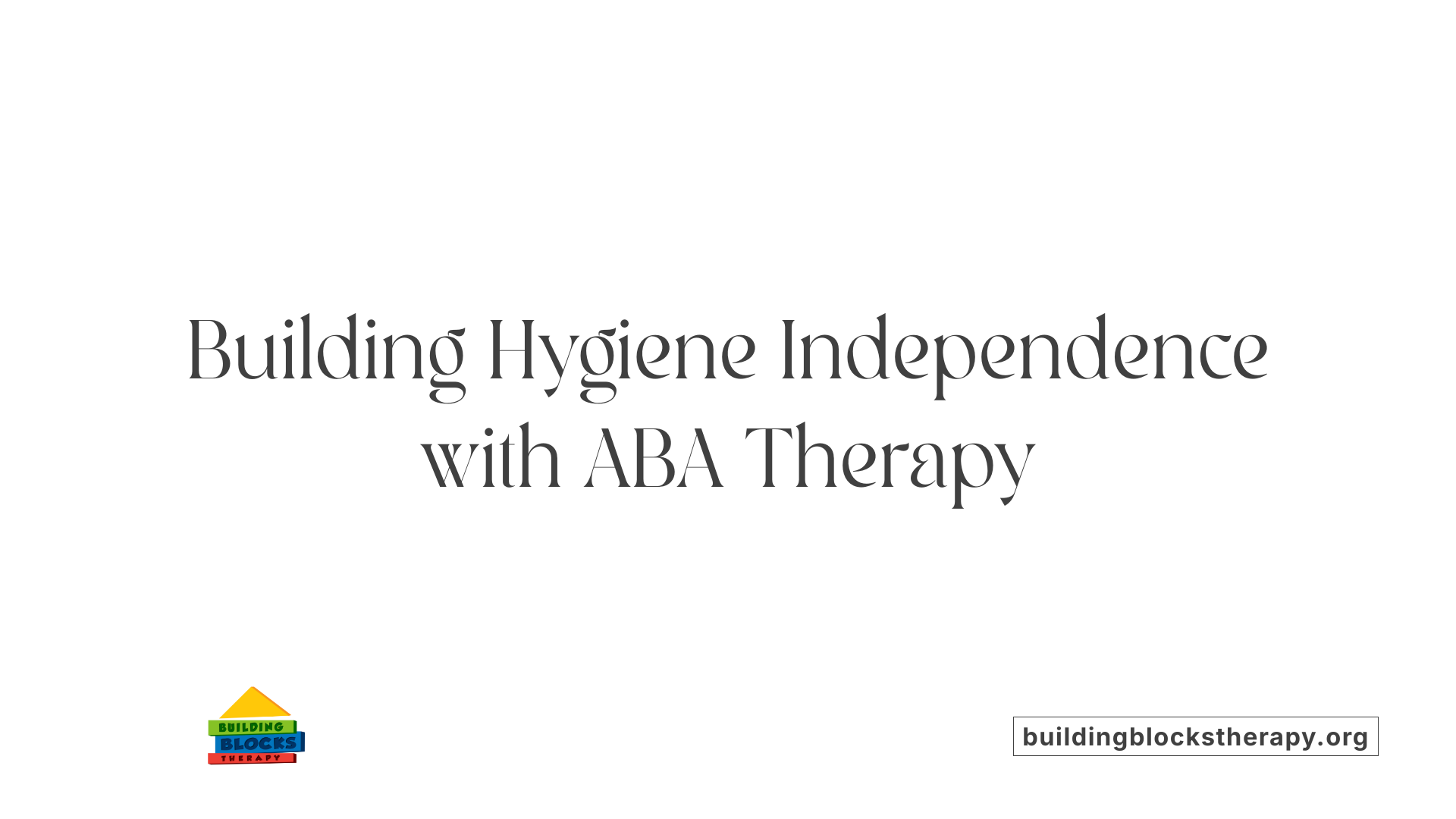
How does ABA therapy help individuals with autism?
ABA therapy aids autistic children by using behavioral science principles to promote positive skills like hygiene and reduce challenges. Qualified analysts create personalized programs targeting specific hygiene skills based on each child’s strengths and needs.
Personalized programs targeting hygiene skills
Programs often focus on critical daily living skills including using deodorant, managing periods, and caring for pimples. These programs break complex hygiene routines into manageable steps tailored for an individual’s abilities.
Use of reinforcement and structured teaching
Techniques such as modeling, imitation, and positive reinforcement help children learn and remember hygiene routines. Structured tools like visual schedules and social stories are incorporated to provide predictability, reducing anxiety around transitions and unfamiliar tasks.
Improvement in daily living and social skills
With ABA therapy, children gradually improve their independence in daily self-care activities. Enhanced hygiene skills also promote better social interactions by addressing challenges with nonverbal cues and enabling participation in community and school settings.
Through ABA, autistic children build lasting hygiene skills that support their overall development and quality of life.
Practical ABA Techniques for Teaching Handwashing and Showering
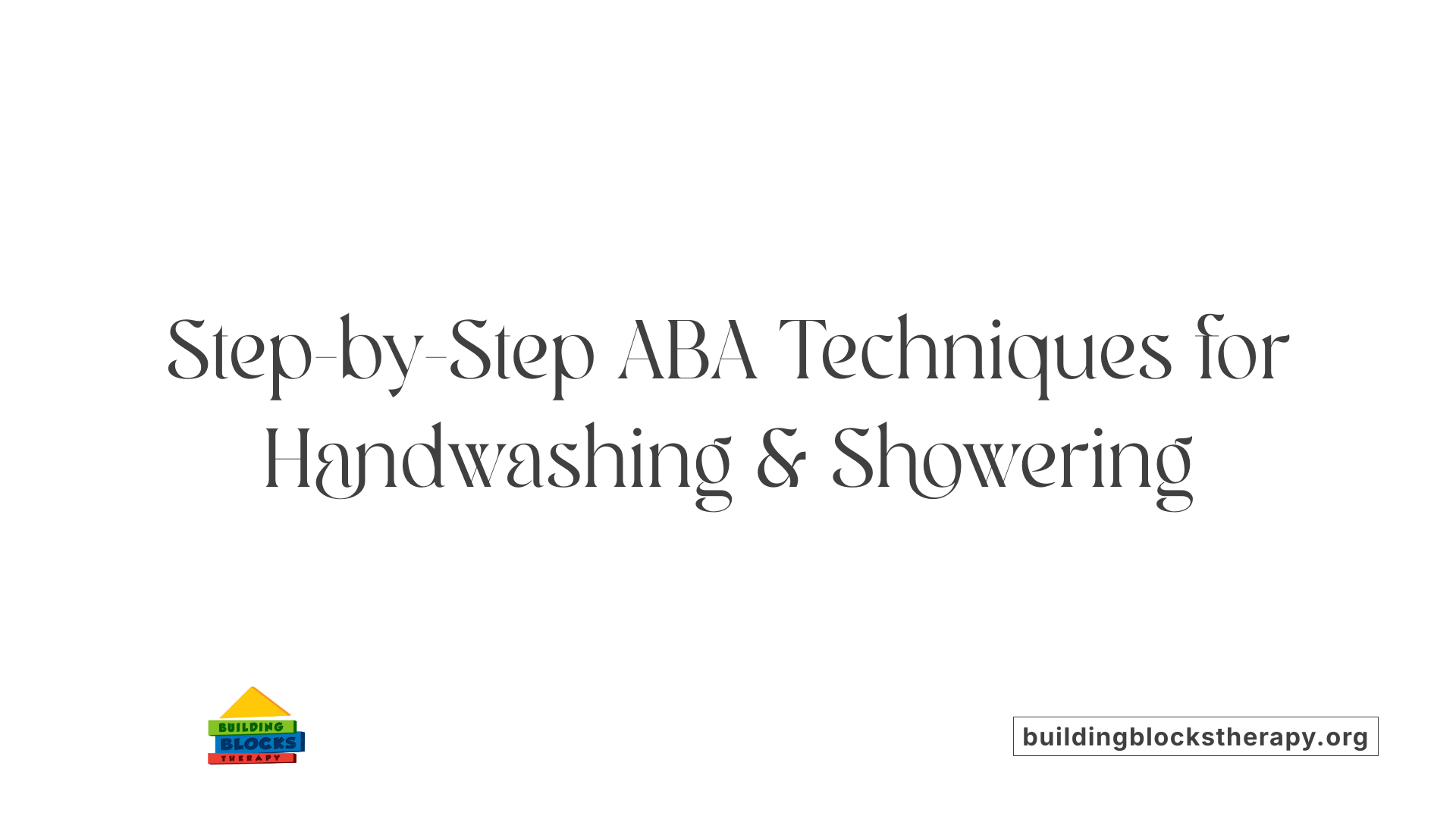
What techniques are commonly used in ABA therapy for autism?
ABA therapy employs a variety of evidence-based methods to teach and reinforce skills in children with autism. Positive reinforcement encourages repetition of desirable behaviors by providing rewards. Prompting with fading gradually reduces assistance as the learner gains independence. Discrete trial training and behavior chaining break down complex hygiene routines into smaller, manageable steps, making the sequence easier to learn.
How can hygiene routines be broken down into manageable steps?
Hygiene tasks like handwashing and showering are often challenging due to their sequential nature. ABA techniques focus on decomposing these routines into clear steps, such as:
- Turning on the water
- Wetting hands
- Applying soap
- Rubbing hands together
- Rinsing
- Drying hands By mastering each discrete step, children find the overall routine less overwhelming and more achievable.
How are video modeling and social stories used?
Visual supports like video modeling and social stories serve as powerful tools for autistic pre-teens and teenagers. Video modeling allows learners to watch someone demonstrate each step of a hygiene routine, providing a visual guide that can be replayed. Social stories describe situations and expected behaviors in simple language to build understanding. Together, these tools address difficulties in social communication and help generalize hygiene skills across environments.
ABA therapy’s combination of structured routines, visual aids, and stepwise teaching techniques offers an effective approach to helping children on the autism spectrum develop essential hygiene habits with confidence.
Overcoming Sensory and Executive Functioning Challenges in Hygiene
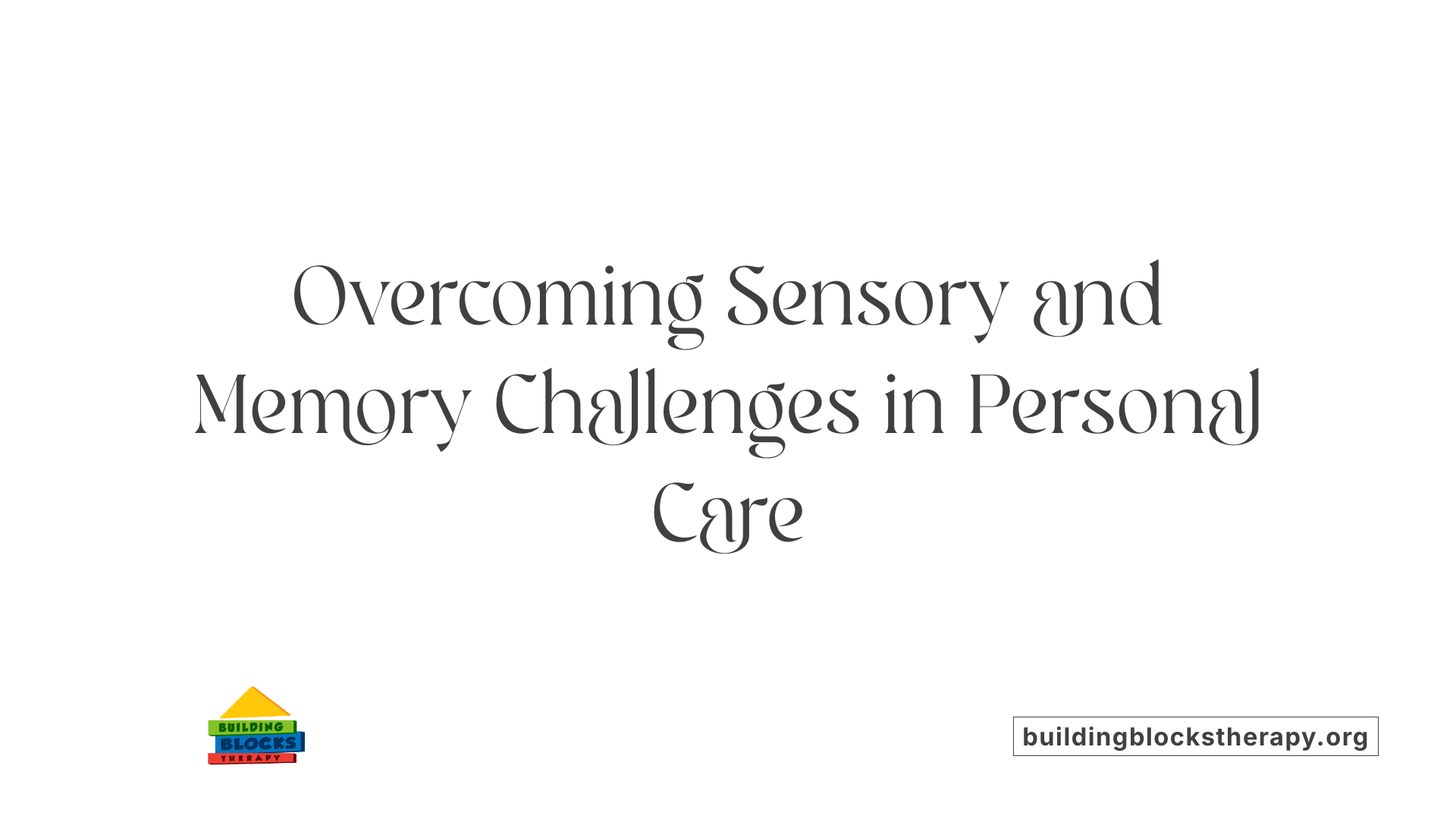
How do sensory sensitivities related to water and soap affect autistic children?
Many autistic children have heightened sensory sensitivities that make everyday tasks like handwashing overwhelming. The feeling of water, the texture of soap, and the overall sensory experience can cause discomfort or distress, making it challenging for them to engage in hygiene routines independently.
What difficulties do autistic children face with sequential task memory?
Executive functioning challenges commonly found in autistic children can impact their ability to remember and follow the multiple steps involved in handwashing. This difficulty with sequencing can result in incomplete or inconsistent hygiene practices.
What strategies help manage sensory overload and support task completion?
To address these challenges, structured routines and visual supports like schedules and social stories provide predictability and clarity, which help reduce anxiety. Additionally, breaking down tasks into smaller steps and using ABA therapy techniques such as modeling and reinforcement promote better learning and retention. For sensory overload specifically, gradual exposure combined with sensory-friendly adaptations—like using milder soaps or lukewarm water—can ease discomfort and encourage participation.
Employing these tailored approaches equips autistic children with the tools they need to acquire vital hygiene skills despite sensory and executive functioning obstacles.
The Role of Visual Supports and Structured Routines in Hygiene Training

How are visual schedules and social stories used?
Visual schedules and social stories are vital tools in teaching hygiene skills to autistic adolescents. They break down complex tasks like handwashing or using deodorant into manageable steps with clear visual cues, making routines more predictable and less overwhelming. Social stories provide concrete narratives about what to expect during hygiene routines, helping reduce anxiety and improve understanding.
How do structured routines address difficulties with transitions?
Children on the autism spectrum often struggle with transitions, which can make hygiene routines like handwashing challenging. Structured routines introduce consistent patterns that build predictability, easing anxiety associated with changes. Visual schedules support this by offering a clear sequence to follow, making transitions from one task to another smoother and more manageable.
How can hygiene skills be generalized across settings?
Generalizing hygiene skills from home to environments like public restrooms is often difficult for autistic children. Visual supports combined with structured routines assist in transferring these skills by establishing familiar patterns regardless of location. Teaching the skills using multiple settings and employing consistent visual aids helps reinforce learning, encouraging flexibility and adaptability in various contexts.
Together, these strategies create a supportive framework that addresses unique challenges faced by autistic children and adolescents, enabling them to develop independence with personal care tasks.
Who Provides ABA Therapy and How It Is Administered for Hygiene Skills
Types of Professionals Involved
ABA therapy for teaching hygiene skills to autistic children and adolescents is typically delivered by trained specialists. These include Board Certified Behavior Analysts (BCBAs), registered behavior technicians (RBTs), and therapists with expertise in behavior analysis. Each professional brings specific qualifications to tailor interventions that fit the child's unique developmental and sensory needs.
Settings for Therapy Sessions
Therapy sessions are flexible and can occur in multiple environments such as the child's home, school, community spaces, or specialized clinical centers. This variety of settings supports generalization of hygiene habits like handwashing from one environment to another, which is often challenging for children on the autism spectrum.
Family Involvement and Progress Monitoring
Family involvement is critical in ABA therapy. Caregivers often actively participate in setting goals, learning intervention techniques, and tracking progress to ensure that behavioral gains persist outside therapy sessions. Continuous data collection and collaboration between families and therapists help optimize outcomes in teaching hygiene skills such as using deodorant, managing periods, and caring for pimples.
Through structured, individualized sessions led by qualified professionals and supported by family engagement, ABA therapy fosters skill acquisition and routine mastery in autistic youth, addressing challenges like sensory sensitivities, executive functioning, and social communication difficulties.
Building Independence in Hygiene for Autistic Children
Teaching handwashing and showering to children with autism requires a carefully tailored approach that addresses their unique challenges such as sensory sensitivities, difficulties with transitions, and executive functioning. ABA therapy provides a solid foundation for this learning through evidence-based techniques including reinforcement, modeling, and structured routines. Incorporating visual supports, social stories, and family involvement further enhances skill acquisition and generalization. With patience and specialized support, autistic children can confidently develop essential hygiene habits that foster independence and improve quality of life.
References
- Personal hygiene for autistic pre-teens and teenagers
- Handwashing And Autism: How To Encourage Hygiene
- Applied Behavior Analysis (ABA)
- ABA Techniques: Strategies for Behavior Analysts - GSEP Blog
- Understanding ABA Techniques: 7 Strategies You Need to ...
- Applied Behavior Analysis (ABA)
- Applied Behavior Analysis (ABA)
- Applied Behavior Analysis in Children and Youth with Autism ...





